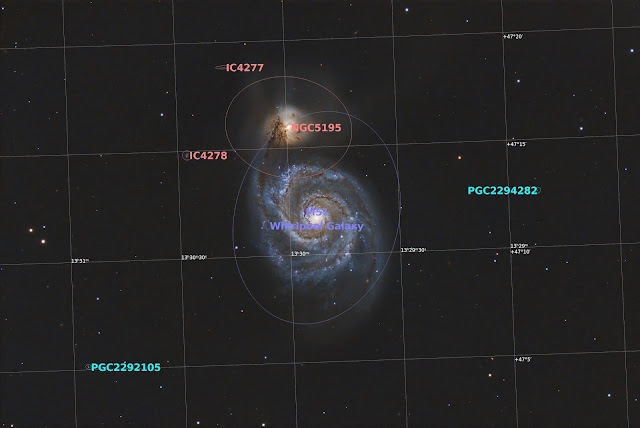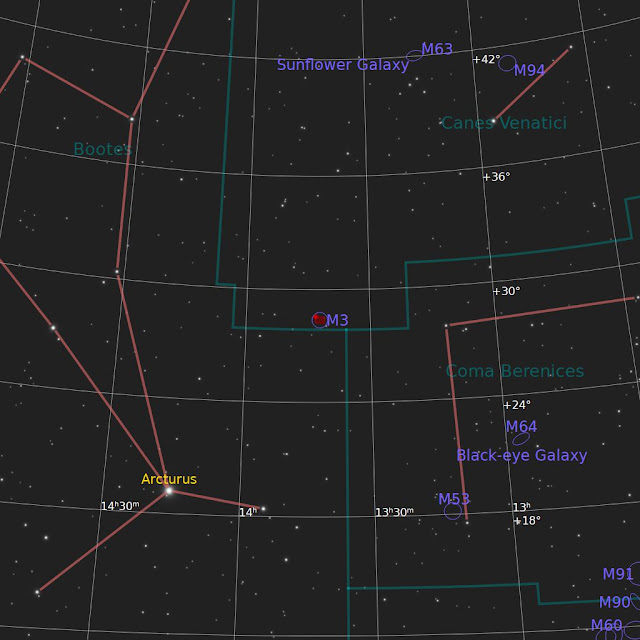I wonder how many quarters I spent on Pac Man when I was a kid?
Sunday September 15th was forecast to be clear with poor transparency due to wildfire smoke and a bright Moon. Since I had a vacation day on Monday, I decided to go ahead and image. I setup with the Optolong L-eXtreme dual narrowband filter to help fight against the bright Moon. I started the evening collecting subs on another target that I had collected some data on Friday 9/14. Imaged that target until i lost it to the trees around 12:30 AM and switched to NGC 281. Struggling to get the result I want from the other data, so no post for now. NGC 281 is also known as the Pac-Man nebula as the shape resembles the protagonist of the famous video game from the 80's. I think the resemblance is slightly diminished by deeper exposures like this, as additional details are revealed.
 |
| NGC 281, The Pac-Man Nebula from 9/15. |
Processing:
All pre and post processing was performed in PixInsight. Pre-Processing: All subs were visually inspected with Blink and subs with issues were removed. All light Frames, Flats, Darks and Dark flats were loaded into WBPP. Linear Post Processing: Background extraction was performed with Auto DBE Script from Seti Astro followed by BXT (correct only). SPCC was used for Color Calibration followed by a full application of BXT. Noise was reduced with NXT. The image was made non-linear with HT. Non-linear Post Processing: Stars were removed with StarXT. Stars: Saturation was increased with CT. Starless: The Narrowband normalization Process was used to get the "SHO" look. Color, intensity, and contrast were adjusted with various applications of CT. Saturation was increased with CT. LHE was applied at 3 Kernel sizes. Unsharp mask was applied and MMT was used to increase sharpness. The DSE script was used to enhance dark nebula regions. The Stars and Starless images were combined with Pixel Math to produce the final image.
What is it?
NGC 281 is an HII region in the constellation Cassiopeia. Like most HII regions, it contains emission nebulosity, dark nebulosity, Bok Globules, and an open star cluster (IC 1590). One of the stars in this open cluster, HD 5005, is a multiple star that is helping to ionize the gas, creating the emission nebula.
 |
| Annotated image of NGC 281. |
How Big is it?
NGC 281 has a size of 35 x 30 arcminutes (1 degree is 60 arcminutes) on the night sky. It is about 41.5 light years in diameter.
How Far is it?
NGC 281 is located about 4,100 light-years (ly) from Earth in the constellation Cassiopeia.
How to find it?
It may be possible to view this object visually (I have never done so). I would suggest a nebula filter (like a UHC or H-beta filter) to improve contrast and make the nebula "pop" in the eyepiece.
NGC 281 is located near the bright star Shedar in Cassiopeia. If you draw an imaginary line connecting Ruchbah and Shedar, NGC 281 would be a little less than 1/4 of the way to Ruchbah, and a bit off the line (towards Andromeda)/
 |
| Finder Chart for NGC 281. |
Image Details:






















